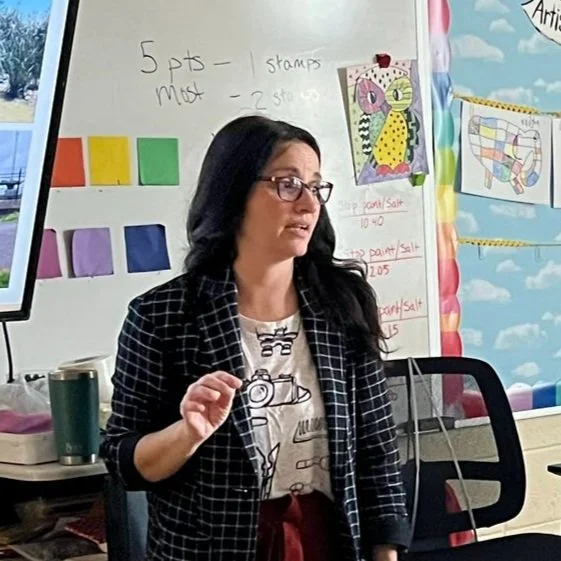Impact
Ripple Effect collaborates with school partners to identify teaching and learning goals and develop strategies to achieve them. We continually improve these programs through a cycle of research, implementation, analysis, and improvement.
Our goal is to produce measureable gains in teacher performance and student science achievement.
Making an impact Making an impact Making an impact
Making an impact Making an impact Making an impact
By the numbers:
5.4K
Students taught by a Ripple Effect teacher since 2017
150K
Hours of standards-aligned water literacy instruction provided by Ripple Effect teachers since 2017
10
NOLA public schools currently working with Ripple Effect to improve daily science instruction
Make it stand out.
How we design programs
We build science education research and evaluation into all stages of our programs, from design through implementation.
1. Research
We collaborate with our partners to identify who our stakeholders are and what the problem is that we’re seeking to address. Then we read, analyze, and synthesize education and practitioner research related to the project.
2. Develop
We identify short, medium, and long-term goals for key stakeholders like students, teachers, and administrators, and establish two or three high-level evaluation questions for each of our stakeholders. We identify indicators associated with our evaluation questions, and design and adapt instruments to collect qualitative and quantitative data aligned with our indicators.
3. Collect
We conduct qualitative and quantitative data collection before, during, and after program implementation. We use this data to evaluate and improve our offerings.
4. Analyze
We analyze and interpret evaluation data, celebrate program successes and identify areas for improvement to share with internal and external audiences, and make revisions based on our findings.
Project Spotlight
Project Spotlight
Puddles to Floods
This 4-week summer institute provides teachers with intensive professional development and students with localized water literacy learning. In its pilot year, teachers showed significant growth in their capacity for facilitating student-led inquiry and students demonstrated a 56% improvement in their knowledge of the causes of stormwater flooding in New Orleans.
Want to stay in the loop on water literacy?
Sign up for our newsletter to receive quarterly updates.











